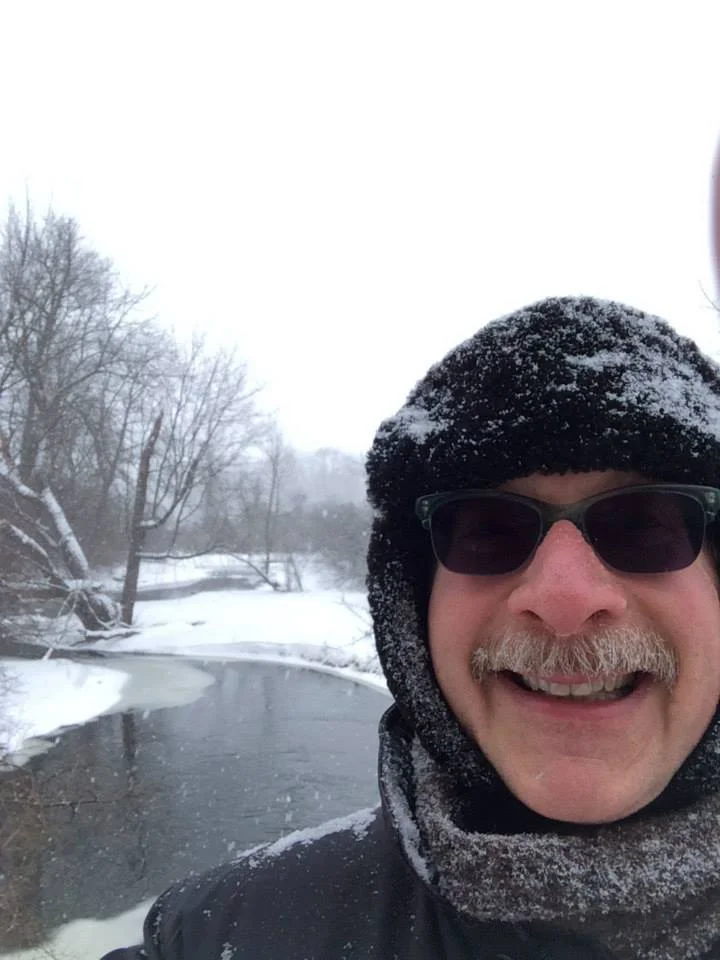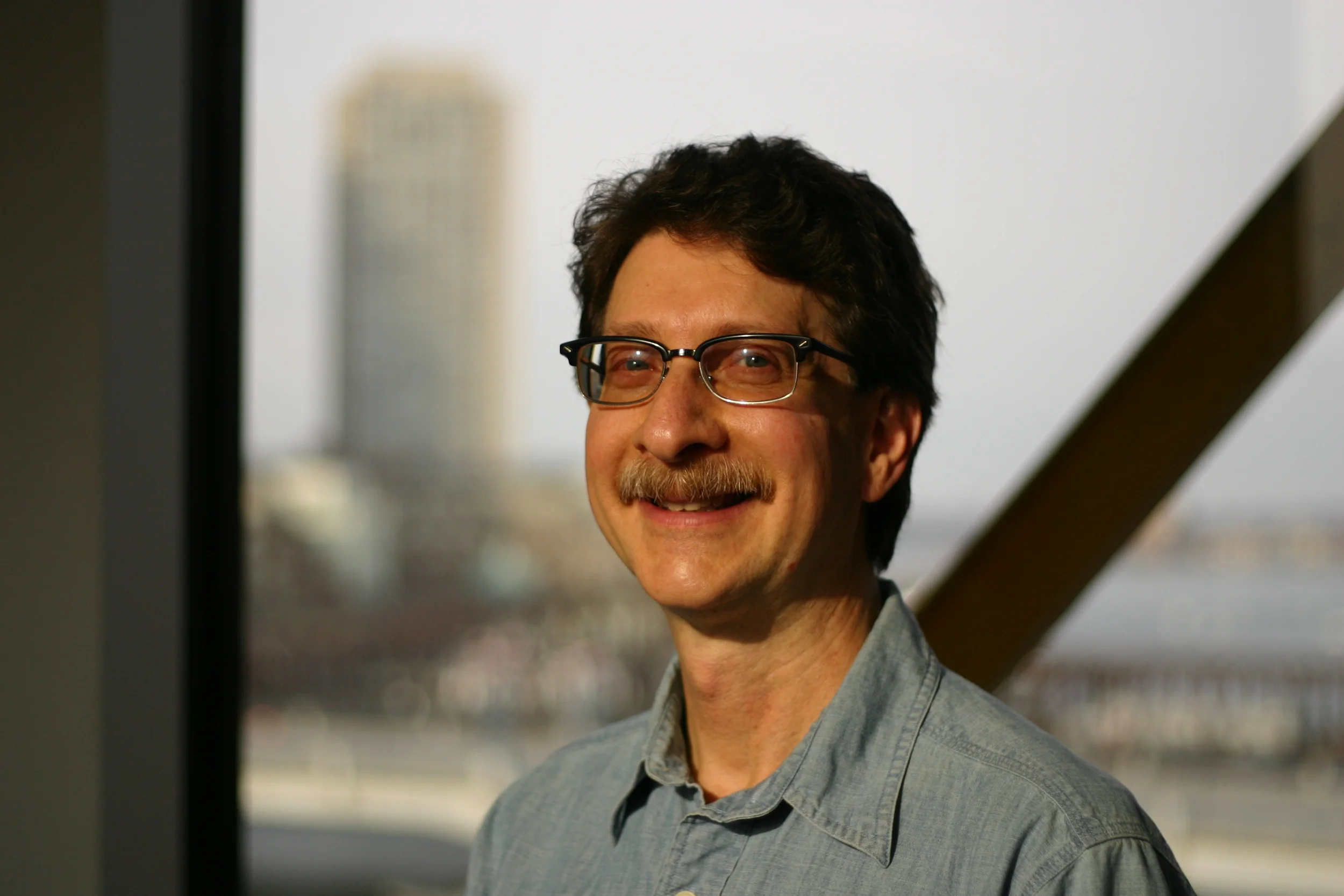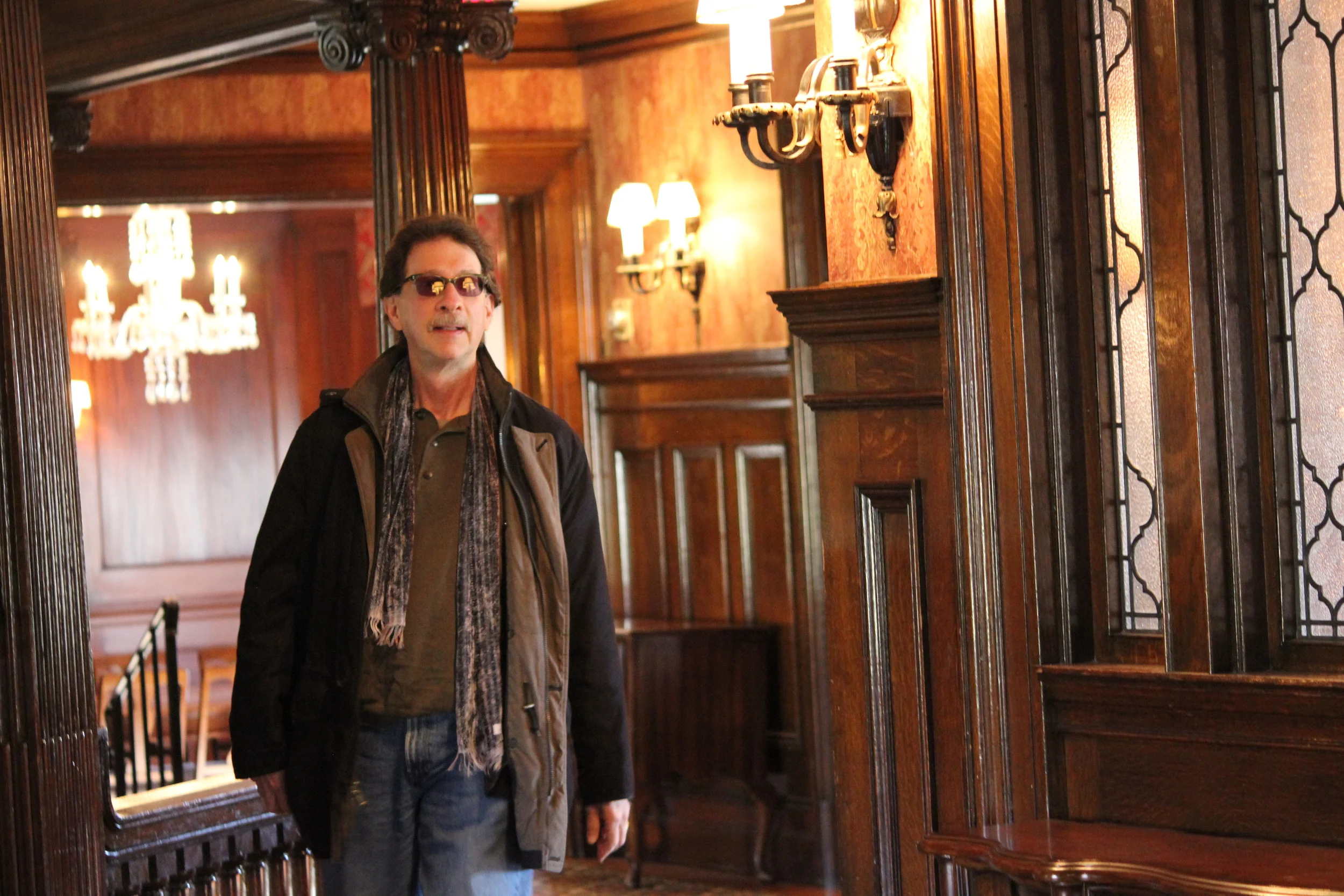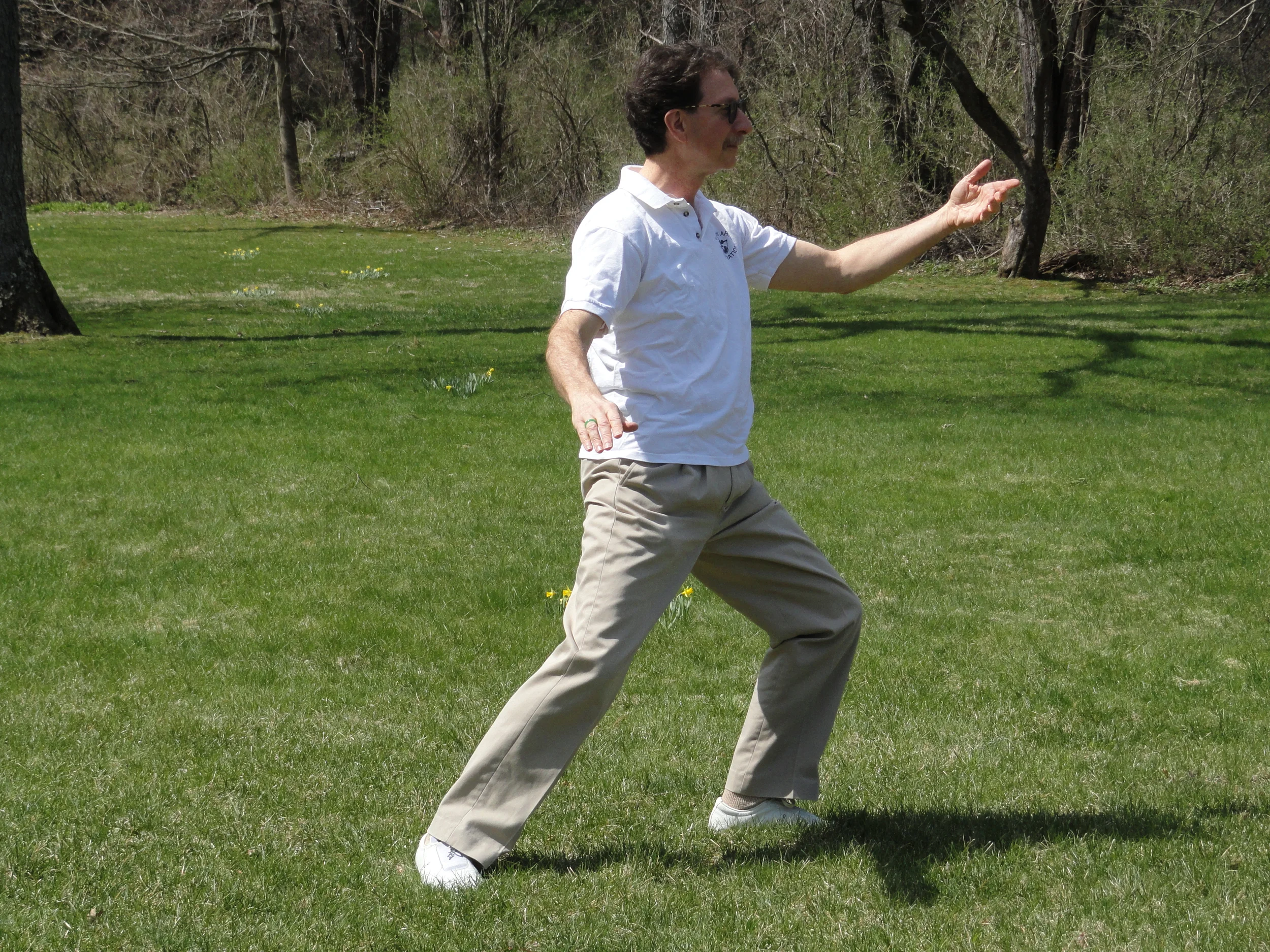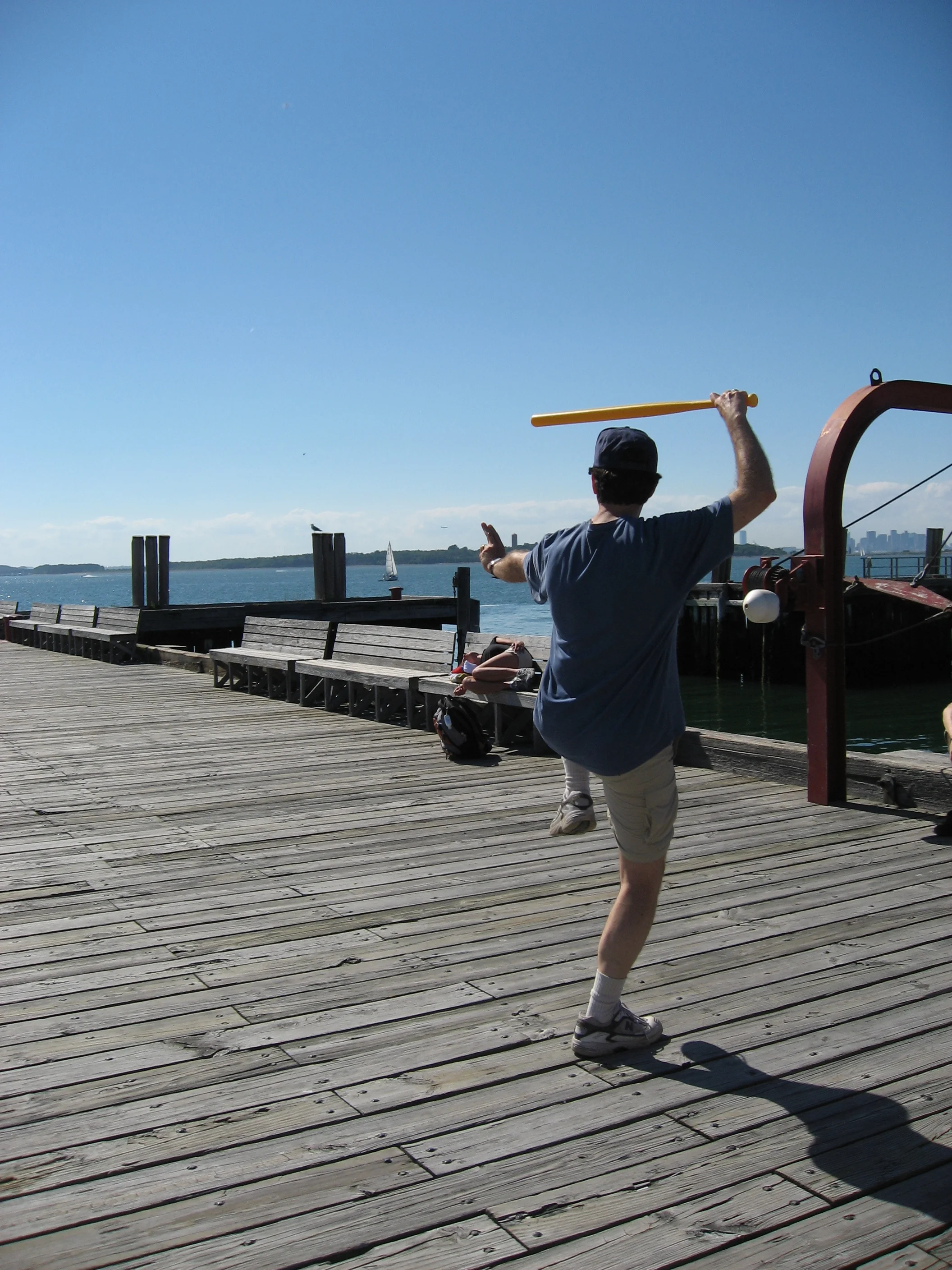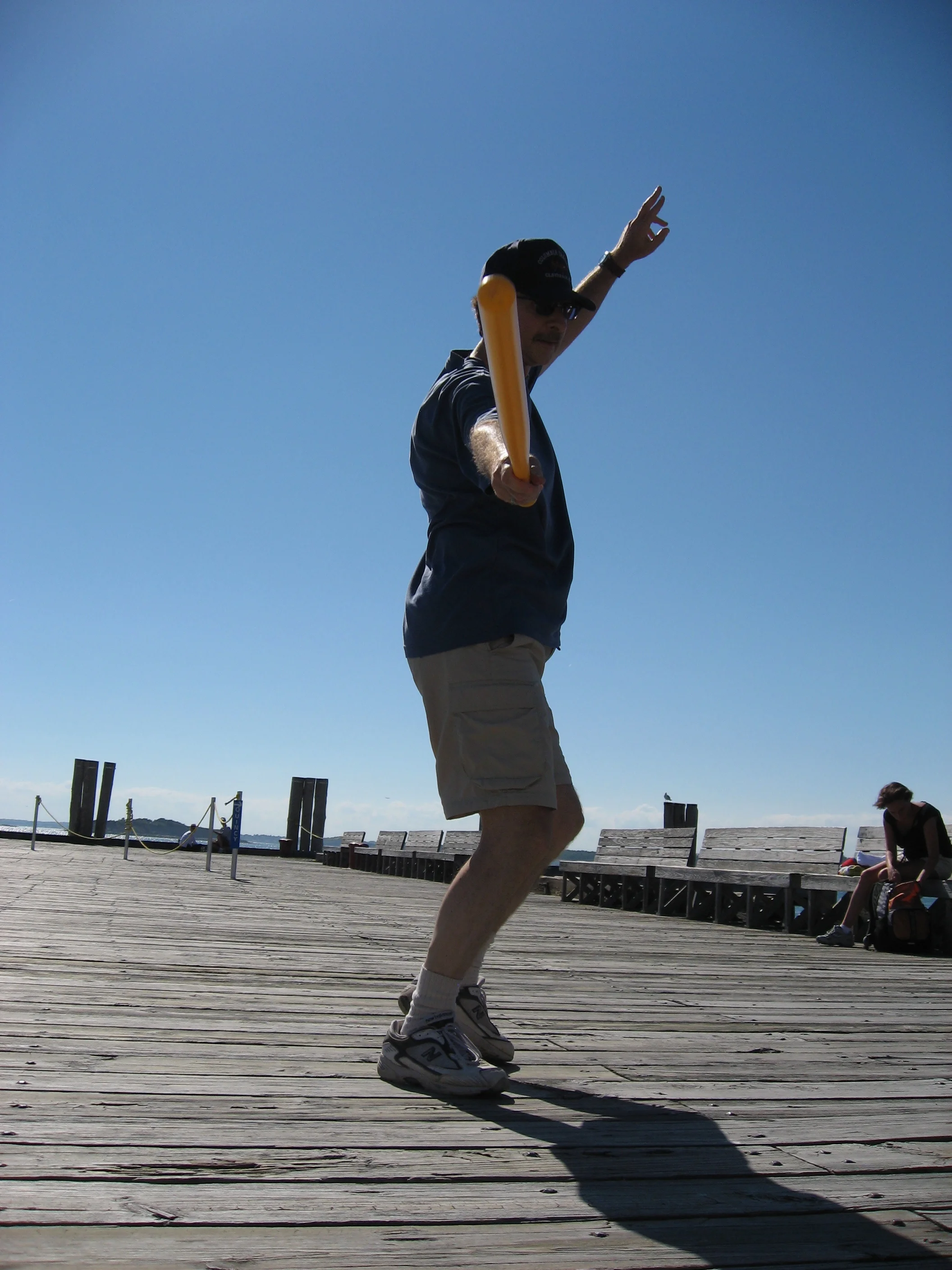Shelby Marshall was destined to work at FableVision. “Looking back I can see how my entire work history led me here,” he shares.
Before he was our Vice President of Strategic Partnerships and Product Solutions, Shelby worked in Instructional Technology at Houghton Mifflin and hired FableVision on for a project. “FableVision was the most wonderful development partner I had ever worked with, and before the project was done I knew I had to work here.”
Shelby did achieve his dream of working at FableVision, and he has since brought his passion for fostering learning and creating quality to everything he does.
Shelby is often the first person potential clients interact with. He asks lots of questions and makes suggestions in order to help clients realize their needs so that FableVision can better address them. He has a hand in everything from blueprinting to fundraising, and keeps clients abreast in every step of the process.
This month we chatted with Shelby about his love of reading and science, his major influences, and the things that excite and challenge him every day.
What makes a good partner? What do you look for when forming partnerships?
A good partner is on a mission to make a positive difference in the world, has a clear idea of what they want to accomplish, understands their audience, is realistic about the barriers and the opportunities for success, and is open to collaborating on creative ways to reach their objectives. A great partner is also in sync with FableVision in their world view, the ways they treat people, and their corporate culture. A perfect partner also has sufficient funds to develop whatever it is we collectively determine should be built.
What is the hardest part of your job? What is the most rewarding?
The hardest part is when a prospective client has an issue they really care about, and one that I also care about, but they don’t yet have a good enough idea or enough money to get it going. I struggle to find a way to help them overcome these serious barriers. It doesn’t always work, which is quite disappointing.
The most rewarding part is when a project I started gets completed, and I see how good it is and how happy the client and the FableVision team are. It’s a joy to see our team turn ideas into beautiful, fun, truly wonderful products.
What is your journey to FableVision story?
The most relevant part of my journey is the time I spent at Houghton Mifflin. I joined their science department in 1985 as a textbook editor, and six years later shifted to their newly opened Instructional Technology department.
In 2002 I hired FableVision to develop a dozen simulated math manipulatives (base ten blocks, fraction strips, etc.) and a few games. After the project ended, I left Houghton Mifflin and began working on contract for FableVision. That was in 2005. After a year or so, I joined the staff.
What does a typical day look like for you?
My days vary a lot, but yesterday was a good example of what’s fairly typical.
My first task was to give a non-profit organization a high-level view of how I think FableVision can help them develop their educational offerings, which they are just beginning to plan. After that, I had a phone call with a client who is including FableVision in an NSF grant proposal, to get clear on what she needed from me.
Then I received an RFP from another client, so I read it and sent some initial questions back, and forwarded it to our proposal team. Last, I began the final edit of a Vision Document, which is the deliverable at the end of a FabLab. Sprinkled through the day, I exchanged emails with clients and with other FableVisionaries, scheduled calls, and IM’d with folks in the studio.
You studied biology at Cornell. Do you find science finds its way into your work at FableVision?
Definitely, and not always in ways you might expect. I majored in biology, with a concentration in ecology, evolution, and systematics. So I think in terms of systems—the relationships of the parts that make a sustainable system, and the ways in which systems change over time. I also use scientific inquiry as an implicit process, which means that I ask questions that clarify the parameters of the problem and of the possible solutions, work with the team to find answers based on experience, and examine the original propositions in light of the answers. And repeat as needed.
You’re stuck on a desert island. Which two FableVision projects would you want to be stuck with?
Wow, this is hard. I love so many of our projects. If stuck on a desert island, I’d want Zoombinis, because it’s so rich and has lots of replayability. And Fab@School Maker Studio, so I could design a boat out of 2D and 3D parts. Of course, I’d need the supplies for fabrication, too, but as long as I’m placing an order….
Initially, you worked as a museum educator. What kind of work was that and does it have any influence on your work at FableVision?
Museum education has many parallels to designing interactive media/tech experiences, and my museum experience has a strong influence on my work here.
In broad terms, museum educators design experiences through which learners interact with their environment to discover something. Museum educators understand that the learner controls the learning. So we use techniques that give learners something to get interested in, opportunities to make observations, and invitations to reflect on what they’ve encountered. This is essentially what we do when we design educational technology.
Look at your desk at work and list five items from it. Then, take a sentence or two to describe what those items say about you.
- Handcrafted metal butterfly: This is an expression of two things that I love: insects, which I studied in college, and handmade art, especially when it uses unusual or found materials like this, which was made by a local artist from a tin box.
- Chop: I study Tai Chi, and have been interested in Chinese art, history, and culture for a long time. In 1997 my wife and I went to Hong Kong, and we each got a chop (a name seal) made with our Chinese names, which a Chinese friend had come up with for us. I was born in the year of the horse, so my chop is a horse.
- Karen’s art: This is about my wife’s creativity and how much I enjoy it. She began to explore art recently, and she has a great eye. I keep a small piece she drew on my desk.
- Sammy: Well, this says that I am a very lucky person! A benefit of working at home is that one of our cats spends lots of time curled up on my desk behind my computer.
- Peter’s business card: This is part of the story that brought me to FableVision. Peter and Paul Reynolds made a presentation at Houghton Mifflin in 2002, during the proposal process for that math project I told you about. Peter doodled on his business cards and handed them out. I pinned the one he gave me to my office wall and looked at it every day, and I thought, “I’m going to work there some day.”
What is the Laurel Hill Association of Stockbridge and what is your role there?
Laurel Hill Association is the oldest existing village improvement society in the United States. It was founded in 1853, and it served as the model for the “village beautiful” movement. In its first century, Laurel Hill Association planted thousands of trees, fought invasion of the Elm leaf beetle, laid sidewalks, erected monuments, and undertook many other projects.
I am the president of the board of trustees, which is quite an honor. My priorities are to increase public access to several key properties, develop ecologically sound management plans, and ensure that we’re on a solid footing for special projects in the future. I also recently led the development of our website, which we launched over the summer: laurelhillassociation.org.
Favorites!
Place to vacation: Provincetown, MA. The National Seashore at the end of Cape Cod is breathtaking, and we can get completely away from people. Then we go into town in the evening and enjoy the art galleries and the energy.
Concert: In 1984 Karen and I went to Boston’s First Night celebration, and we wandered into a small church in Back Bay, where a concert of medieval music was being performed. It was magical, totally transporting.
Way to take your coffee: Very light (milk, not cream), no sugar.
State: Massachusetts. (What can I say—I chose to live here. It’s beautiful, and I enjoy having four distinct seasons.)
Snack food: My favorite indulgence is handmade chocolate truffles from Chocolate Springs, a fabulous cafe in Lenox, MA.
Movie: I love movies, and I’ve seen a lot of them. I don’t have a favorite, but I especially value independent movies that explore something interesting, and do it perfectly. One of my favorites is Run Lola Run.
Book series: I seldom read series, but I loved The Lord of the Rings trilogy.


